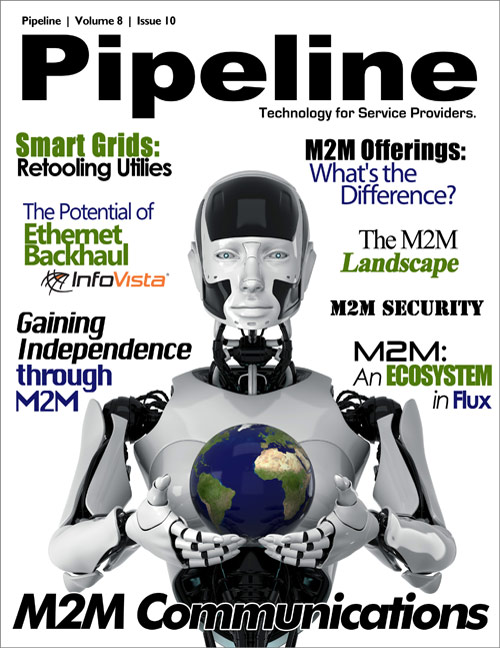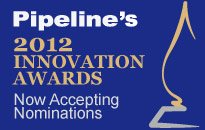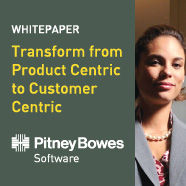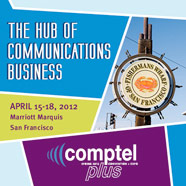And the result of the smart meter roll-out in California? Unhappy customers.
By the fall of 2009, the CPUC had received over 600 SmartMeter consumer complaints about “unexpectedly high” bills and allegations that the new electric Smart Meters were not accurately recording electric usage, almost all of which were from PG&E’s service area.
An independent report commissioned by the CPUC found that, “By not deploying the communication backbone prior to meter deployment, the time to transition meter reading from manual to Advanced Metering Infrastructure (AMI) system readings is exacerbated, extending to an average of 131 days over the implementation period. This allows a continuation of the higher error rate associated with manual meter reading, and may contribute to the perception that the smart meters are inaccurate.”
The lesson in California: Smart grids and smart meters just aren't so smart without a hearty communications and IT network to support them.
While Texas illustrates a private sector push for efficiency and customer uptake, California's story is essentially a public-sector, regulatory one. But no matter the particular business model or driver for smart grid development and deployment, there are particular roles CSPs are perfectly suited to fill across the gamut.
SmartGrid Opportunities for CSPs
Utility networks are aging, increasingly unreliable, rigid and difficult to deploy. And population growth and the explosion of electronic devices is rapidly overburdening these dinosaur networks. Communities aren't interested in erecting more unsightly power lines. Communications and information networks are naturally positioned to fill in the gap.
Customer Service and Differentiation
The 2011 IBM Global Utility Survey of more than 10,000 people across 15 countries explored the wants and needs of energy consumers worldwide with a distinct “behavioral economics” approach. It exposed a shocking lack of consumer knowledge about how to reduce energy consumption and benefit from smarter energy initiatives. As consumers look for not only cheaper, but more environmentally responsible energy solutions, CSPs will need to leverage SmartGrids to empower customers to make those choices in real-time, from wherever they are.
“A simple way for an operator to get involved in smart grid is to enable the homeowner to interact with utilities, etc., when they are outside of the home,” John Aalbers, Volubill CEO says. “It is already possible to use a phone line to turn central heating on and off. This will become even more comprehensive in the future. We will be able to control lights, the washing machine, and even the oven from outside of the home. Heating might power down when the kettle is on to distribute energy use more evenly or street lights might use less power at dinner time when people are cooking.”
The IBM study went on to identify three distinct opportunities to engage customers more fully with their energy consumption that are natural fits for CSP services to add value to utility networks:
Alternative Motivation: Financial incentives are not the only factors that encourage consumers to decrease their energy consumption.
Information Availability: How a choice is framed and presented can make a big difference. For instance, presenting too many options can at times be detrimental. While in theory more options should always be a plus, the resulting complexity can ultimately demotivate consumers.
Social Drivers: Another approach for greater adaption of smarter energy is to tap into people's inherent social nature. People rely on social proof, or the behavior of others, to determine the right ways to act in many situations.








